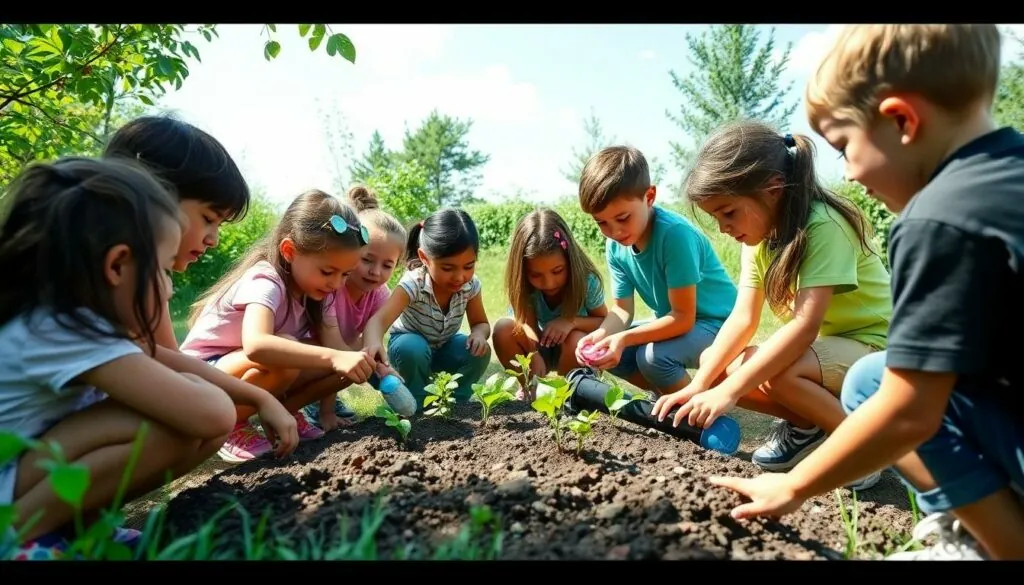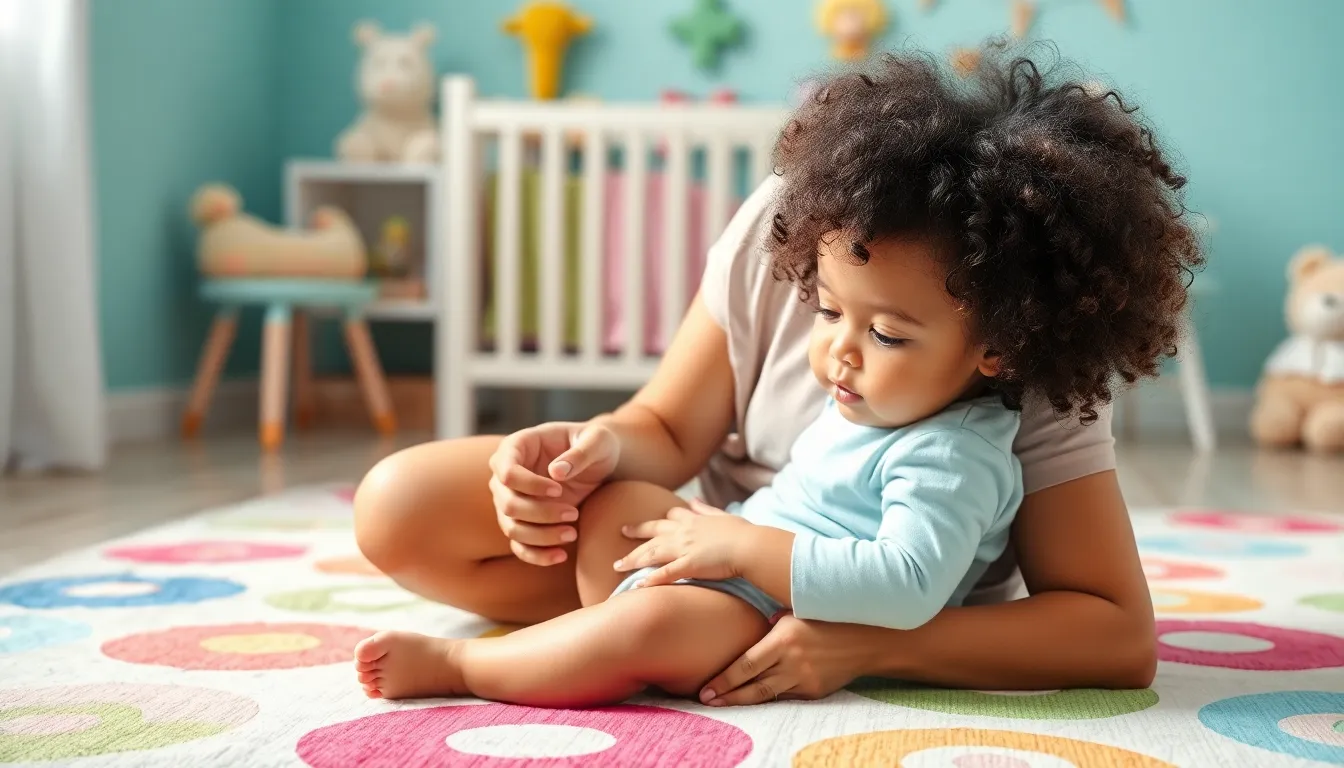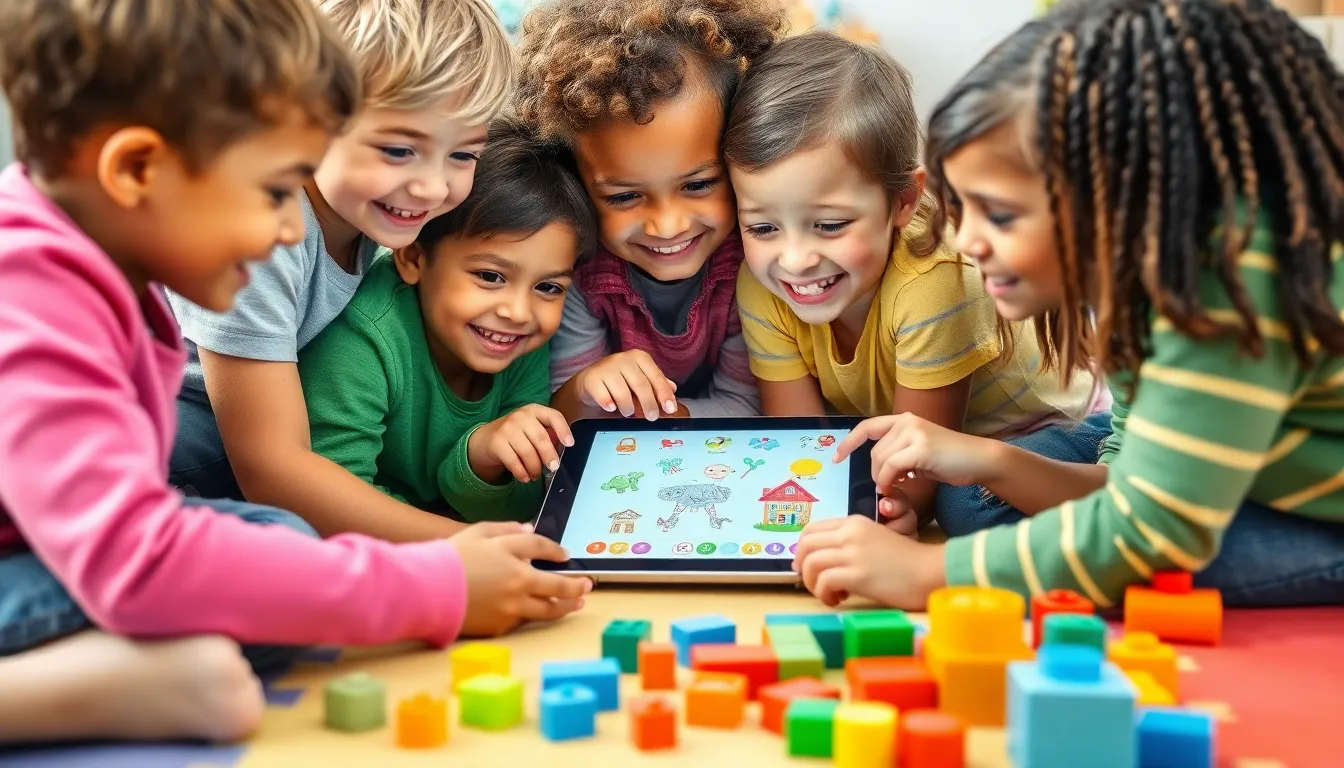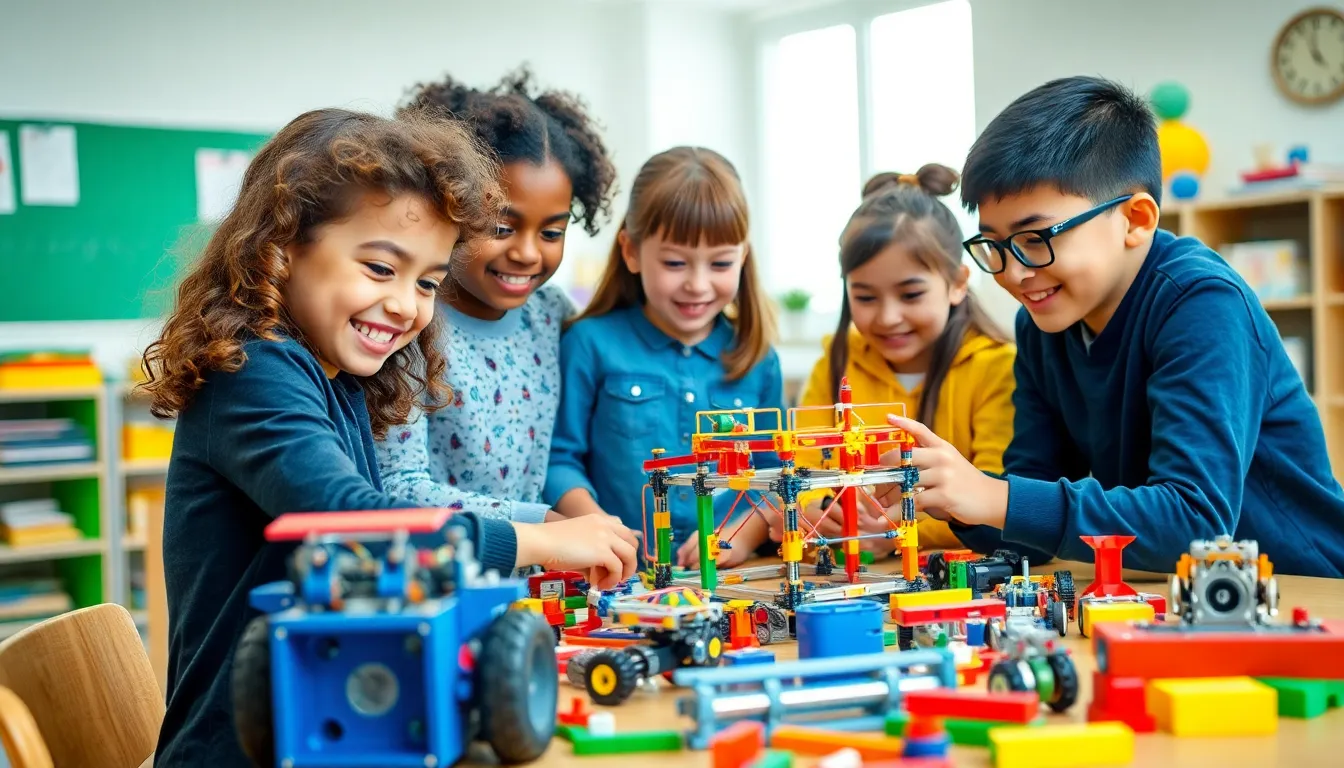Alternative education isn’t just a buzzword tossed around in coffee shop conversations. It’s a vibrant movement shaking up the traditional classroom model and offering fresh pathways for learning. Imagine a world where students aren’t confined to rigid schedules or one-size-fits-all curricula. Instead, they explore their passions, engage in hands-on experiences, and embrace their unique learning styles. Sounds like a dream, right?
Table of Contents
ToggleWhat Is Alternative Education?
Alternative education refers to non-traditional teaching methods aimed at adapting to diverse student needs. It embraces various forms of learning, such as Montessori, Waldorf, and homeschooling. These methods often emphasize experiential learning instead of rote memorization, engaging students through hands-on activities and real-world applications.
Flexibility plays an essential role in alternative education. Instruction often avoids predetermined schedules and standardized testing. Students frequently enjoy the freedom to explore subjects that interest them and learn at their own pace. This personalized approach encourages critical thinking and fosters creativity.
Moreover, alternative education promotes collaborative environments. Group projects and discussions replace traditional lectures, allowing students to learn from peers. Such interaction enhances social skills and prepares students for teamwork in their future careers.
Many schools incorporate technology within alternative education frameworks. Utilizing digital resources, students can access a wealth of information and collaborate globally. The integration of technology further enriches the learning experience, offering opportunities for innovation and exploration.
Alternative education represents an evolving field committed to creating engaging, personalized learning experiences. Its focus on individual interests, collaboration, and real-world applications positions it as a viable alternative to conventional education systems.
Types Of Alternative Education
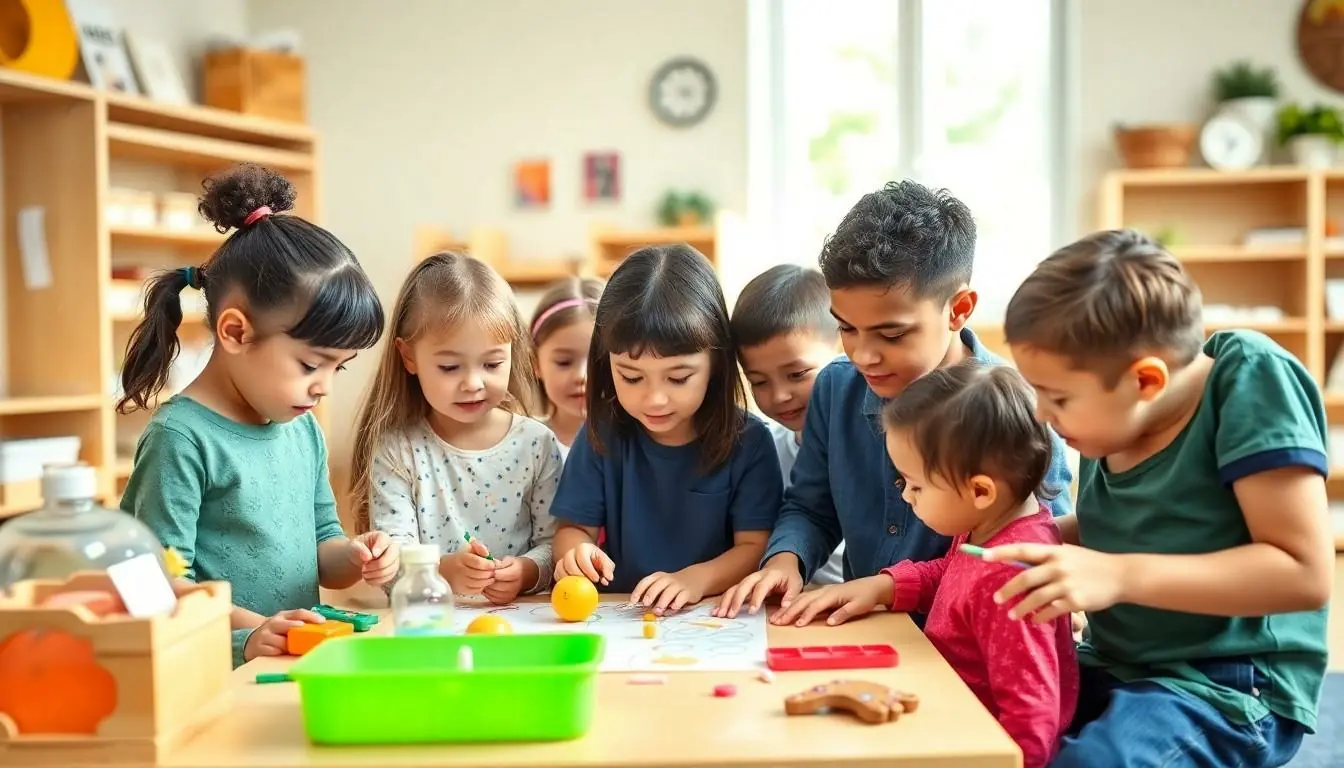
Alternative education encompasses various models designed to meet diverse learning needs. Several popular types include Montessori schools, Waldorf education, and online learning platforms.
Montessori Schools
Montessori schools focus on child-centered learning. Students engage in hands-on activities that promote exploration and independence. Teachers guide rather than direct, allowing learners to progress at their own pace. Multi-age classrooms enhance social development through peer interactions. In this environment, subjects integrate naturally, encouraging critical thinking and problem-solving skills. Research shows that children in Montessori schools often demonstrate stronger academic and social skills compared to traditional schooling.
Waldorf Education
Waldorf education emphasizes holistic development, integrating academics, arts, and practical activities. Strong connections between subjects enhance creativity and critical thinking. Teachers remain with the same class for multiple years, fostering deeper relationships. Curriculum focuses on developmental stages, allowing students to learn through imagination and exploration. Hands-on projects and artistic activities enrich the learning experience, promoting emotional and social growth. Studies indicate that Waldorf students often display advanced skills in social responsibility and ethical awareness.
Online Learning Platforms
Online learning platforms provide flexible educational opportunities. These resources offer diverse courses that cater to various interests and skill levels. Many platforms include interactive materials, promoting active engagement. Students access content anytime, enabling personalized learning experiences. Additionally, virtual classrooms facilitate collaboration between peers and educators across the globe. Research highlights increased engagement and retention rates among students using online learning compared to traditional methods.
Benefits Of Alternative Education
Alternative education provides numerous advantages that appeal to diverse learners. This approach emphasizes personalized experiences for every student.
Personalized Learning
Personalized learning ensures education reflects individual needs. Students engage with subject matter that resonates with their interests, making learning more relevant. Schools often assess each learner’s unique strengths and weaknesses, tailoring methodologies accordingly. For example, a student passionate about art may focus on creative projects while achieving academic goals. Increased autonomy leads to higher motivation, as students feel more invested in their education.
Flexible Curriculum
Flexibility in curriculum design promotes student engagement. Traditional subjects may transform into interdisciplinary themes, allowing exploration across various fields. In an alternative setting, educators adapt content to suit learners’ interests while meeting educational standards. Many programs encourage students to choose specific projects or topics to pursue throughout the year. This adaptability helps students retain information better, as they connect learning with real-world scenarios.
Focus On Critical Thinking
Critical thinking skills become a cornerstone of alternative education. Students face challenges that require problem-solving and analytical skills. Classroom environments often facilitate discussion, encouraging learners to question assumptions and explore various perspectives. By analyzing case studies or engaging in group projects, students develop the ability to think critically and function collaboratively. This focus prepares them for real-world decision-making beyond the classroom.
Challenges Of Alternative Education
Alternative education faces several challenges that can impact its effectiveness.
Limited Resources
Many alternative education programs encounter limited resources about staffing, facilities, and funding. These constraints can hinder the availability of diverse learning materials and necessary technology. Smaller class sizes, while beneficial for individualized attention, may lead to higher per-student costs that some institutions struggle to meet. Some programs rely heavily on community support or grants, which can affect their sustainability. Lack of sufficient resources may create barriers to implementing innovative teaching methods or expanding programs to accommodate more students.
Public Perception
Public perception of alternative education presents another significant challenge. Many people view traditional education as the standard, often casting skepticism on non-traditional approaches. Misconceptions about the efficacy of alternative methods can create hesitance among parents and educators, limiting enrollment and support. Stigmas surrounding alternative education can also arise, with critics questioning its ability to prepare students for standardized testing and higher education. Despite research supporting the effectiveness of alternative schooling, these perceptions can impede the growth and acceptance of such programs in communities.
Alternative education is reshaping the landscape of learning by prioritizing student engagement and personalized experiences. By allowing learners to explore their interests and adapt their education to fit their unique styles, it fosters a love for knowledge that traditional methods often overlook.
As this movement continues to grow, it faces challenges that need addressing to ensure broader acceptance and accessibility. Despite these hurdles, the potential for alternative education to cultivate creativity, critical thinking, and collaboration remains significant. Embracing these innovative approaches could redefine how society views education and empower future generations to thrive in an ever-changing world.

